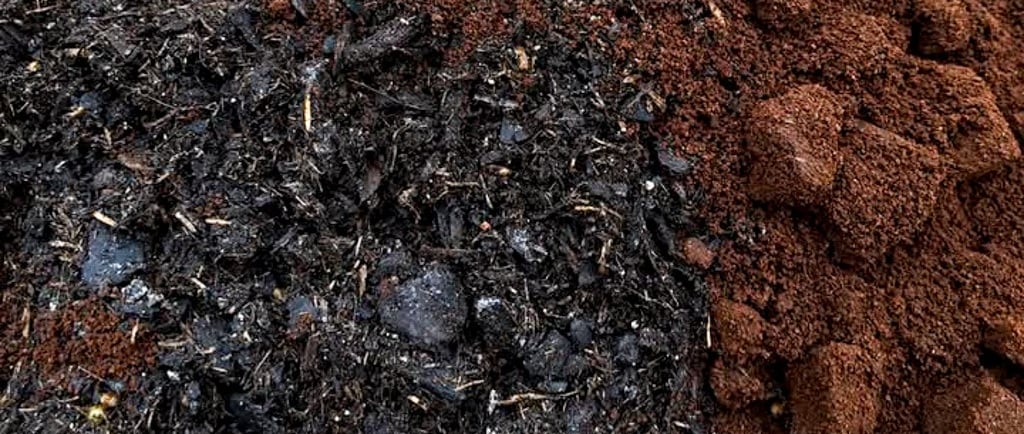If you’ve taken home a plant from me and noticed a darker, crumbly texture in the mix — it might’ve had a bit of coffee in it.
We’ve got some unique challenges here in Central West Queensland: alkaline bore water, dry air, and potting mixes that dry out fast. Used coffee grounds (and sometimes tea leaves) can help with that — when used carefully and in small amounts.
What Do Coffee Grounds Actually Do?
Hold moisture for longer, which helps conserve water — especially important in our climate
Add gentle organic matter to feed the mix over time
Slightly reduce pH, useful when our bore water keeps pushing things more alkaline
What Plants Like It?
✅ Works well for:
Citrus, native fruits, camellias, and roses
Some natives like grevilleas — in moderation
Leafy greens and herbs in cooler weather
🚫 Not great for:
Banksias, proteas, or phosphorus-sensitive natives
Cacti, succulents, and Mediterranean herbs like lavender
Seedlings or anything that hates soggy roots
I’ve been lucky to have local business owners saving their used coffee grounds for me — and it’s made a real difference. It keeps waste out of the bin, helps me conserve water, and supports a more sustainable way of gardening out here. It also helps me keep my little nursery running — and that means more healthy plants for the community.
If you’re curious or want to try it in your garden, just ask. I’m always happy to share what works — and what doesn’t — in our part of the world.


